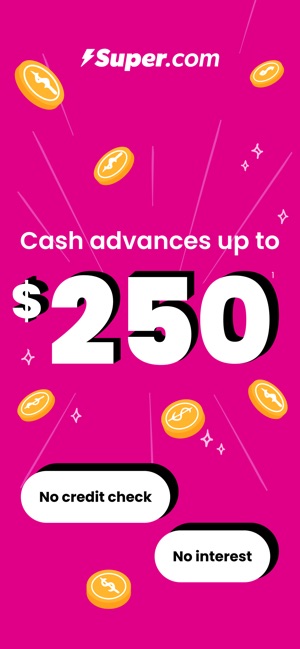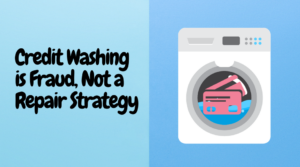 Social lending has been compared to borrowing and lending money amongst your friends and family. Except, in this instance, your friends and family number in the thousands.
Social lending has been compared to borrowing and lending money amongst your friends and family. Except, in this instance, your friends and family number in the thousands.
Social Lending is the new wave in the finance industry which integrates online social communities with financial services. People lend and borrow money to one another, bypassing the need for banks.
This niche industry is emerging as the eBay of consumer lending. These unsecured peer-to-peer loans are competed upon by lenders often resulting in lower rates for borrowers.
Why Social Lending Works
The current U.S. credit crunch has affected even good credit borrowers. Traditional banks are making it more difficult to get loans. Social lending offer both lenders and borrowers better rates because traditional banks operate on a much larger scale and have a higher overhead.
Lenders can get good rates on the return of the loans they make and the borrower can get good rates on the loans they are funded. “It seems that the credit crunch is accelerating our growth,” says Renaud Laplanche, CEO of Lending Club.
According to Renaud Laplanche, “borrowers get an interest rate on an unsecured loan that’s 2 percent to 3 percent better than they would get from banks, and lenders get a return of 10 percent to 12 percent — better than many investments.”
All transactions, from beginning to end are done electronically and online. Banks have to pay employees and maintain hundreds of branches everyday. That cost of running a bank is ultimately passed down to the consumer though interest rates, fees and costs. Social lending cuts these costs by cutting out the middleman, the banks.
Traditional banks also do not afford you an opportunity to tell you story. The decision making is credit score driven. A computer cannot get to know you as with social lending where borrowers get a chance to create a profile and tell their story. “When you’re dealing with a large financial institution, it may be difficult to tell your story and get people to understand,” says Douglas Dolton, CEO of Zopa.
The Drawbacks to Social Lending
The drawback of social lending is probably the very thing that makes it attractive, traditional banks. Traditional banks offer increased financial security because they have millions of dollars in reserves to draw upon in case of a financial down turn.
This online form of peer to peer or person to person lending is too new to properly assess the risks. For now, it seems to be a growing trend and working well for many consumers as a viable alternative to bank loans. In 2007, an estimated $647 million in peer-to-peer loans will be made, according to Celent, a research firm.

















